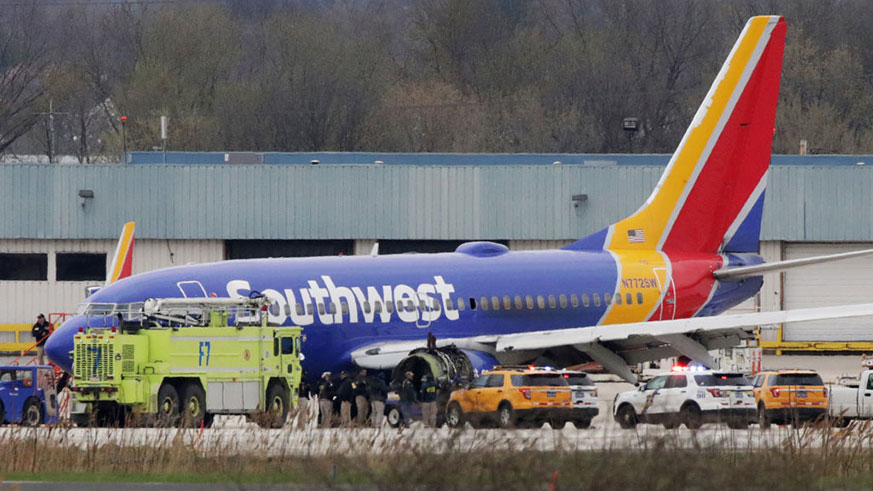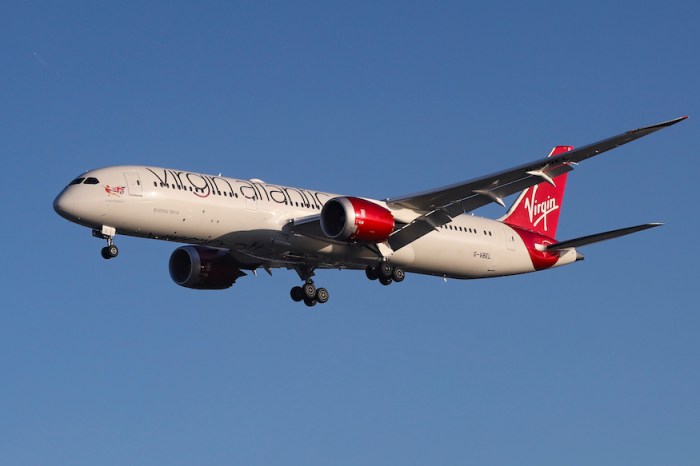On Tuesday, a Southwest Airlines 737 made an emergency landing in Philadelphia after an engine failure. It was a terrifying scenario: A piece of debris from the engine shattered a window, causing cabin decompression and a woman to be partly blown out of the aircraft. Although passengers pulled the woman back into the plane, she later died. Seven other people were injured in the incident. Today the National Transportation Safety Board said a preliminary inspection of the blown engine found signs of metal fatigue.
Before you freak out about metal fatigue and whether it’s on your plane, let Metro US break down what it is and the reality about the phenomenon that may have caused the engine failure.
What is metal fatigue?
Metal fatigue occurs when continuous stress leads to the accumulation of small cracks, causing metal to weaken.
In a late-night news conference, the NTSB said that one of the engine’s 24 fan blades was missing. The blade had separated where it attached to the hub, where there was evidence of metal fatigue. The agency noted that a full inspection and conclusion will take 12 to 15 months.
How common is metal fatigue?
An uncontained engine failure is rare — there are only 3 or 4 incidents worldwide, the NTSB said — as are fatal accidents on domestic airlines in general. The death on the Southwest flight was the first on a U.S. airliner in nine years and the first in Southwest Airlines’ history. The Southwest plane is 17 years old, and the failed engine was a CFM56-7B, one of the world’s most popular jet engines, which can be found on more than 6,700 aircraft.
There was a similar, but less severe, engine blowout on a 737 in 2016, which was determined to be the result of metal fatigue. That engine failure depressurized the cabin but didn’t send debris into the plane.
“There are supposed to be inspections to look for potential cracks,” said NTSB chairman Robert Sumwalt in a briefing on Tuesday. “There need to be proper procedures in place to inspect for them.”
In fact, after the 2016 incident, the Federal Aviation Administration prepared a directive requiring ultrasonic inspections of blades on engines that have flown more than 15,000 cycles. But the FAA hadn’t yet put the rule into effect.



















